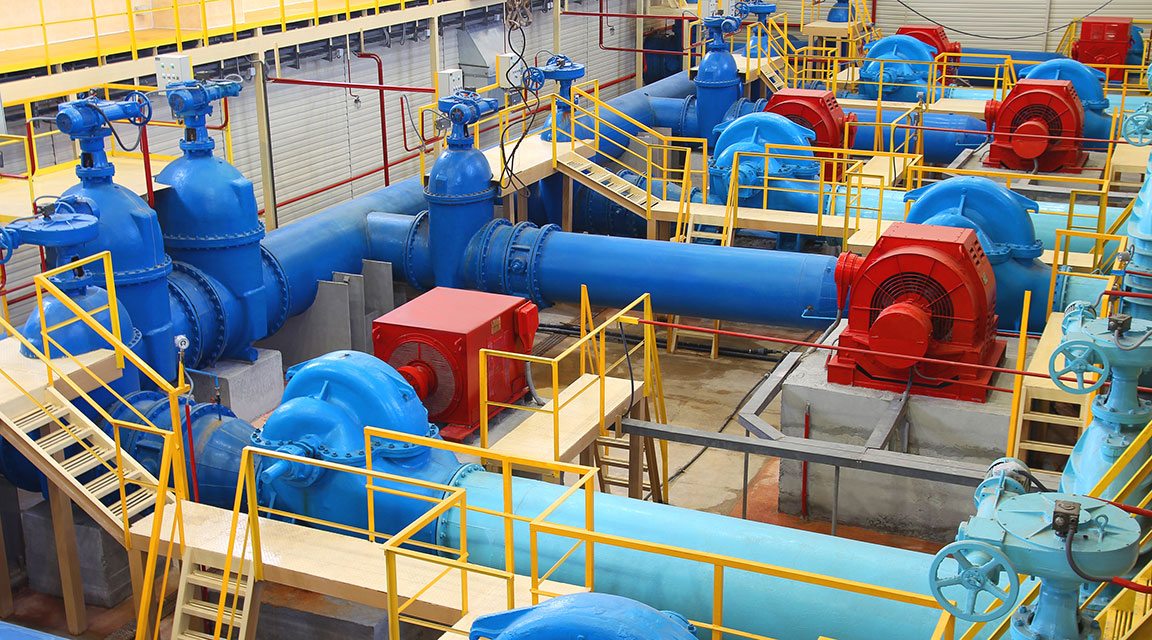Project
Supply Installation & Commissioning of Electro Mechanical of Pumping station
Pumping stations handle sewage either as in-line for pumping the sewage from a deeper sewer to a shallow sewer or for conveying to the STP or outfall. They are required where sewage from low lying development areas is unable to be drained by gravity to existing sewerage infrastructure, and / or where development areas are too remote from available sewerage infrastructure to be linked by gravity means.
The proper location of the pumping station requires a comprehensive study of the area to be served, to ensure that the entire area can be adequately drained. Special consideration has to be given to undeveloped or developing areas and to probable future growth. The location of the pumping station will often be determined by the trend of future overall development of the area. The site should be aesthetically satisfactory. The pumping station has to be so located and constructed such that it will not get flooded at any time. The storm-water pumping stations have to be so located that water may be impounded without creating an undue amount of flood-damage, if the flow exceeds the pumping station capacity. The station should be easily accessible under all weather conditions.
Pumping stations are typically located near the lowest point in a development. However, the siting and orientation of each pumping station shall be considered individually and based on the following criteria:
• Local topography as slope of the ground and above and below ground obstructions
• Proposed layout of the particular development and of future developments
• Proximity of proposed and/or existing sewerage infrastructure
• Size and type of the pumping station
• Access considerations for O&M needs including operators health and safety issues
• Visual impact, particularly the vent tube, odours, noise problems, etc.,
• Availability of power, water, etc.,
• Vulnerability of the site for inundation
• Compatibility to neighbouring residences by suitable dialogues.
